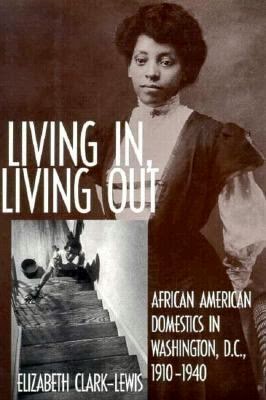These are some of the questions Dorothy Roberts poses in Fatal Invention: How Science, Politics and Big Business Re-create Race in the Twenty-first Century. Roberts questions some common assumptions about the distribution of sickle cell anemia, genetic medicine, and the very definition of "race", and asks whether the focus on genetic causes of racial disparities in health, crime, and education overlook the social and political causes. She contradicts the work of science journalist Nicholas Wade, whose book A Troublesome Inheritance: Genes, Race, and Human History, claims that human evolution has in fact produced three genetically different human races.
We'll be discussing Roberts' book at our next AAL meeting this coming Tuesday. If you're feeling overwhelmed by the book, here are a few shortcuts:
Dorothy Roberts interview with Tavis Smiley on WBEZ (about 8 minutes)
Speech at Berkeley, (this is about an hour, but will give you a full experience of the book.
Interview with Colorlines, "The Dubious Dangerous Science of Race Lives On",
"Race Re-emerges in debate over "personalized medicine". Great article from the Washington Post summarizing the issues of race, genetics and medicine.
Join usTuesday, November 18th, at 7 pm in the Small Meeting room of the Evanston Public Library. Call 847-448-8630 for more information.












